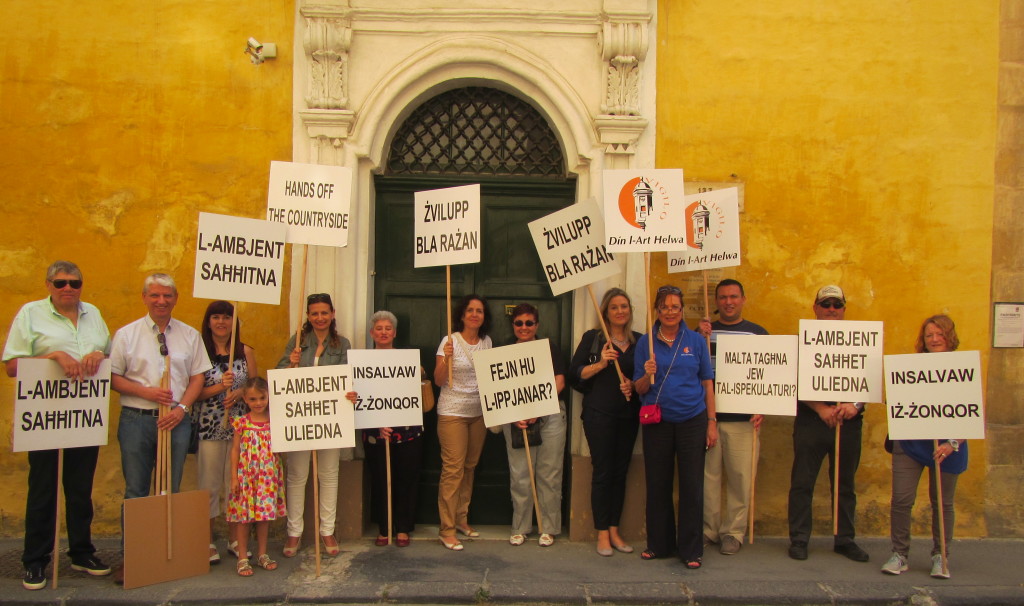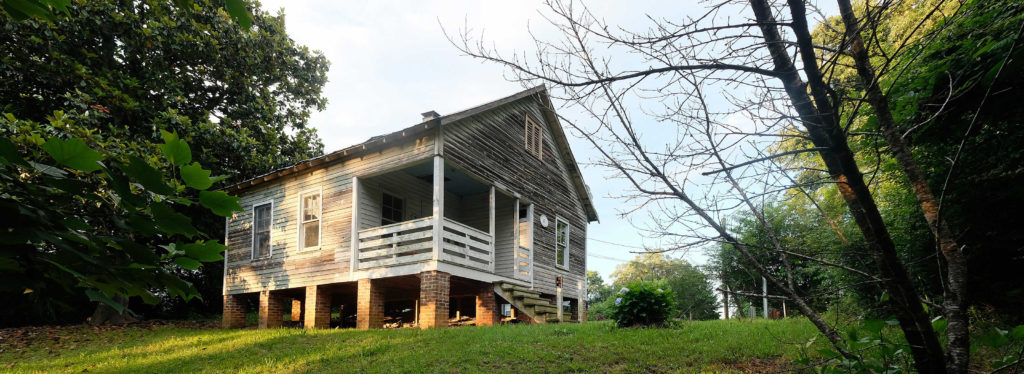-
Plain English (Weekly blog, 13 October 2019)
Posted on October 13, 2019A blog by Catherine Leonard, Secretary-General
This week I went on a plain English training course. The day-long programme helps people write more clearly, in an appropriate style for the audience. And in shorter sentences. Plain English means writing something as simply and directly as possible. In a language that all readers will understand.
We’re probably all guilty of using too much jargon or over-complicated phrases. I know I like to pepper my writing with colourful words to try and bring it to life. I even throw in the odd Latin or French. But I’ve realised that this can alienate some readers. So, here is my first blog in – hopefully – plainer English!
Saving the Jersey coastline
This week, the National Trust for Jersey launched a new campaign: Saving our Coastline with open arms. The Trust is inviting people to ‘join hands’ and form a virtual line around the whole of the island. They have calculated that an average arm-span is 170cm. And there are 77.4km of coastline around the island. Thus, they need 42,000 people to sign up to embrace the whole island!

The campaign builds on the Trust’s earlier ‘Line in the Sand’. Ten years ago, 6,000 people formed a human chain along a Jersey beach, saying ‘Stop!’ to overdevelopment. The Trust believes that now, more than ever, they need to harness people’s passion for the coast. So that it can be kept natural and safe for future generations. Good luck to Charles and the team with the new campaign!
This year, National Trust for Jersey won one of our INTO Excellence Awards for urban regeneration in St Helier.
Campaigners unite over Malta’s Turkish cemetery
And so to another island threatened by development: Malta. Campaigners, including INTO members Din l’Art Ħelwa, are trying to stop plans to build garages near an important historic cemetery. The Turkish Military Cemetery was built in the 1870s. It soon became known as the “Ottoman Taj Mahal” because of its extravagant Orientalist style. Plans to build a 3-storey development would ruin the open setting of this architectural gem. Din l’Art Ħelwa are hoping their opposition to the planning application will be successful.

A Din l’Art Helwa (National Trust of Malta) rally from 2015
Dementia-friendly heritage sites
Just as it has committed to plain English, the National Trust (EWNI) has pledged this week to make its sites dementia-friendly. Working with the Alzheimer’s Society, the Trust is going to improve access and facilities at all its 500 sites. The 3-year project also includes training for staff and volunteers, as well as outreach to care homes.
Jeremy Hughes, Alzheimer’s Society’s chief executive, said: “It’s great to have the National Trust encouraging people with dementia to feel confident in getting out and about in their local community. Visiting a heritage site can improve physical and mental health by helping people keep active. The importance of such venues increases as we get older. As a place to relax, recover and engage through multi-sensory stimulation of the space around us.”
A Scottish Indiana Jones?
I read another inspiring article from the National Trust for Scotland this week. It was about Derek Alexander, head of archaeological services and something of a modern-day Indiana Jones! The article debunks some of the myths about archaeology. It’s actually more digging around in mud for broken bits of pottery than a heroic search for the Lost Ark.
I like what Derek says about archaeology telling the stories of everyday people. Rather than the upper end of society which is preserved in the NTS’s historic houses. Archaeology teaches us about the lives of common people through the things that have been broken and thrown away.
Read about Alex’s time with National Trust for Scotland earlier this year.
My baby just cares for me …
This week we also heard that Nina Simone’s childhood home is to be preserved. Nina Simone was born in a small, clapboard house in Tryon, North Carolina, in 1933. She taught herself to play the piano here when she was 3 years old. Over the years, the house has sadly become more dilapidated. And in 2017 was threatened with demolition before four African American artists stepped in to buy it. The National Trust for Historic Preservation and World Monuments Fund have raised money to secure the building’s future.
I was also thrilled to catch some of the livestream of the National Preservation Conference in Denver this week. Past Forward is an incredible annual gathering of the US heritage sector and a great place to learn new ideas. It was wonderful to watch Paul Edmondson’s first Past Forward speech as President and CEO. I liked his focus on three things: Advocacy, innovation and partnerships. (Synergies with family, growth and voice!) And I also really loved the way he spoke about preservation as something we do together. Something that brings us together. I’ll keep an eye open and will add a link to the video/text when available. It was truly inspirational.
Women’s rights
Lastly, it was lovely to see the Cross-Cultural Foundation of Uganda at the Council of Traditional Leaders in Africa this week. CCFU has just started a project called ‘Culture for Her’. The project seeks to harness the power of cultural resources to support and promote the rights of women and girls. At their meeting, Leaders highlighted the dynamism of culture to end child marriages and violence against women. So CCFU’s messages are clearly hitting home!
Read about INTO’s conference in Uganda in 2013 here.
Plain and simple
So, that’s a round-up of what’s been going on across the INTO network this week. Hopefully in plain English and without too much gobbledygook, jargon or legalese! Not too many long sentences. And not too many passive constructions …
Thanks for reading!

 44 (0)20 7824 7157
44 (0)20 7824 7157